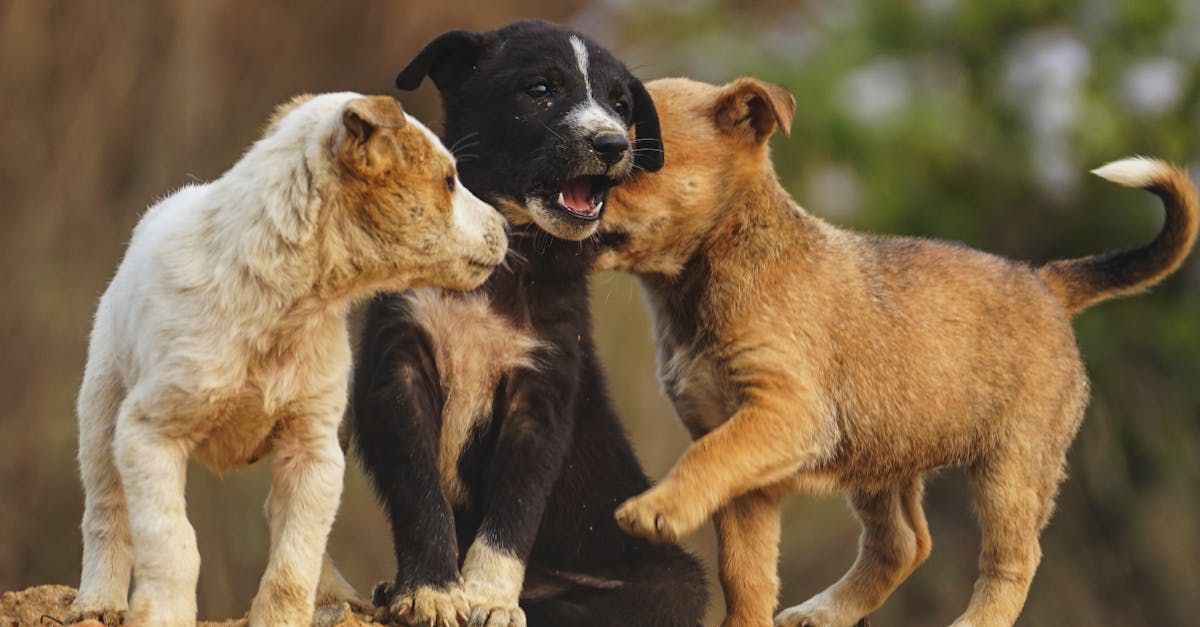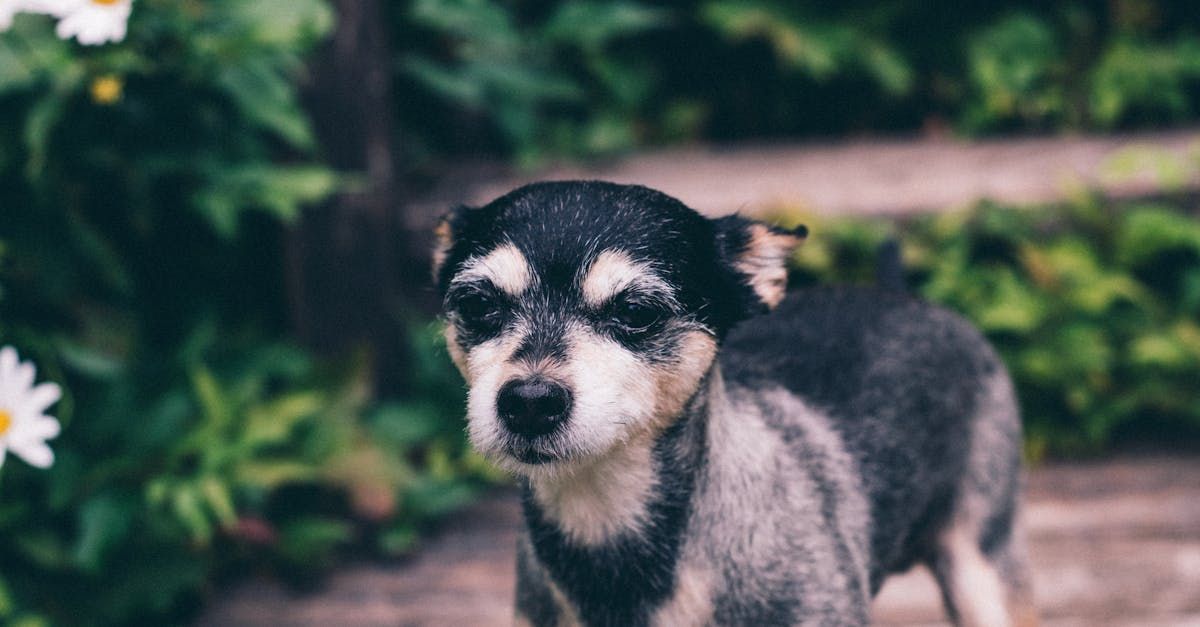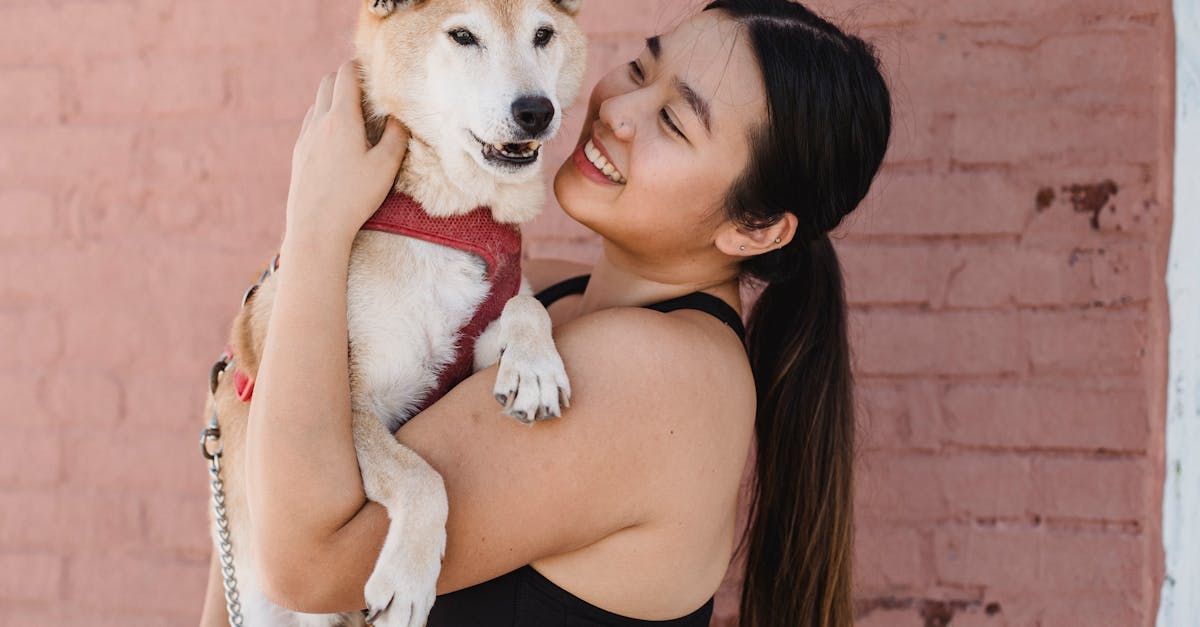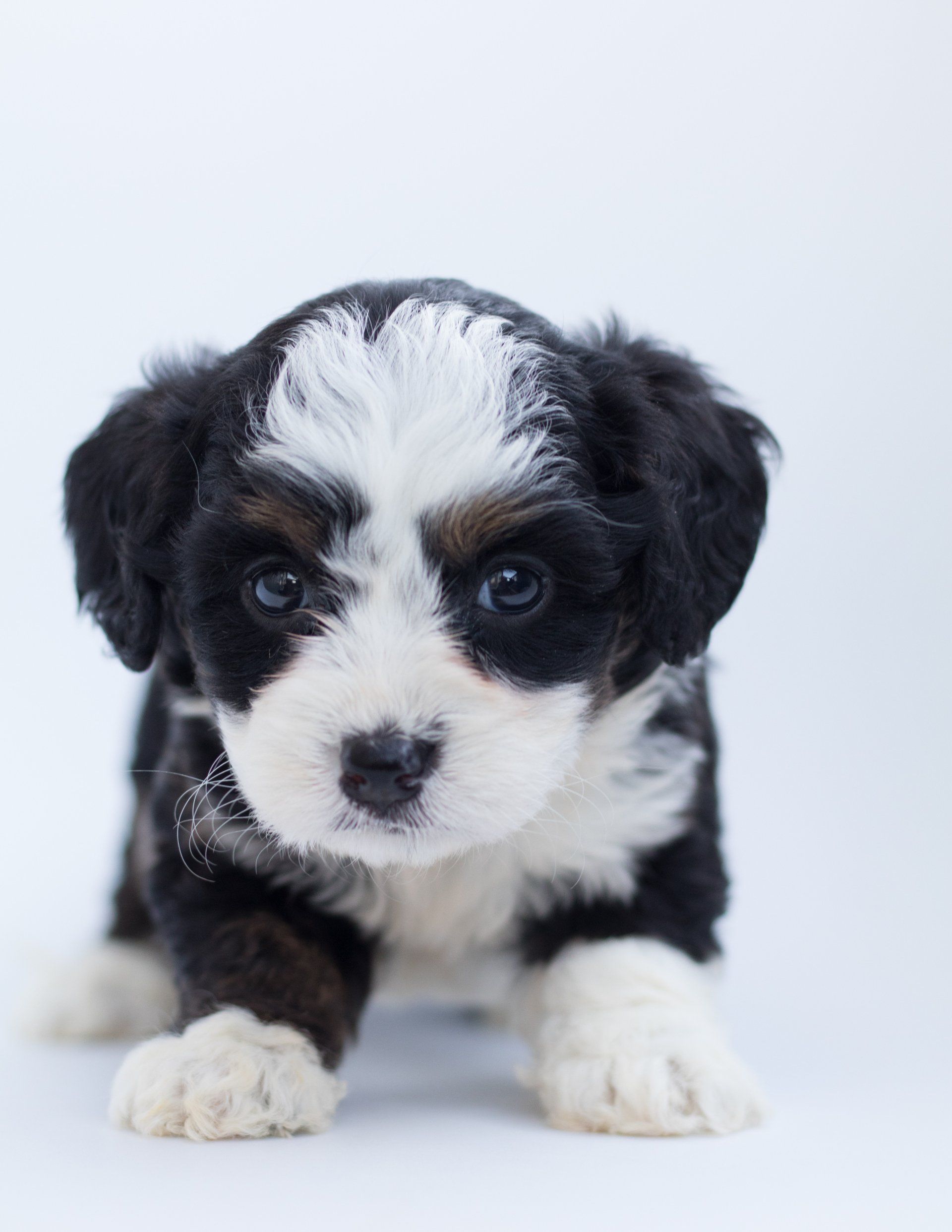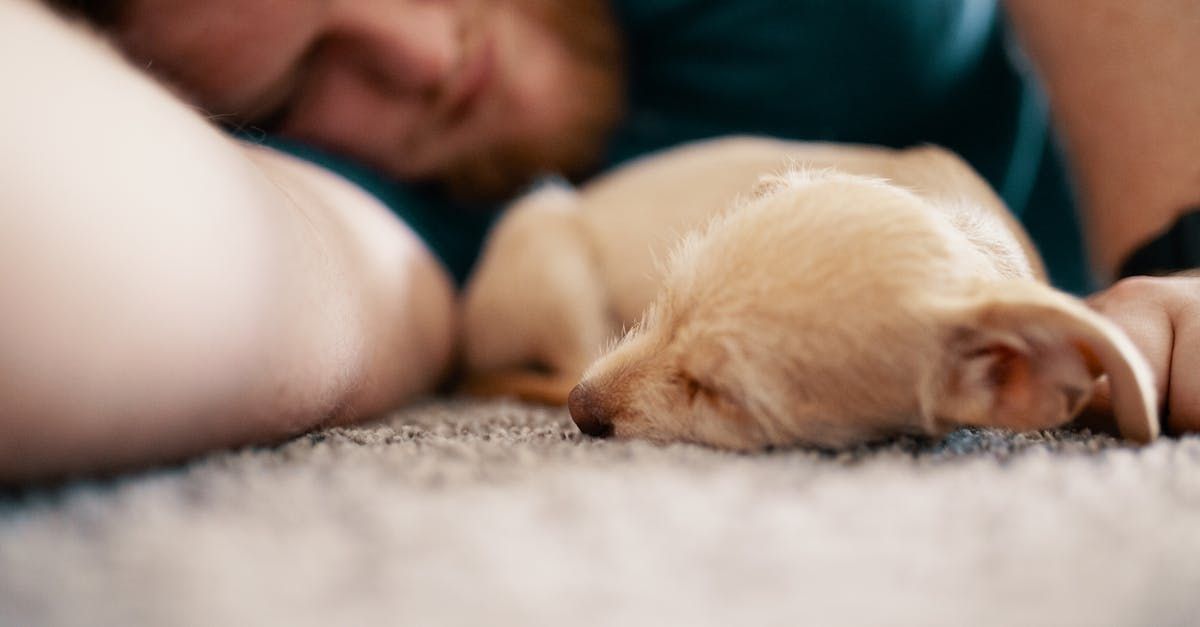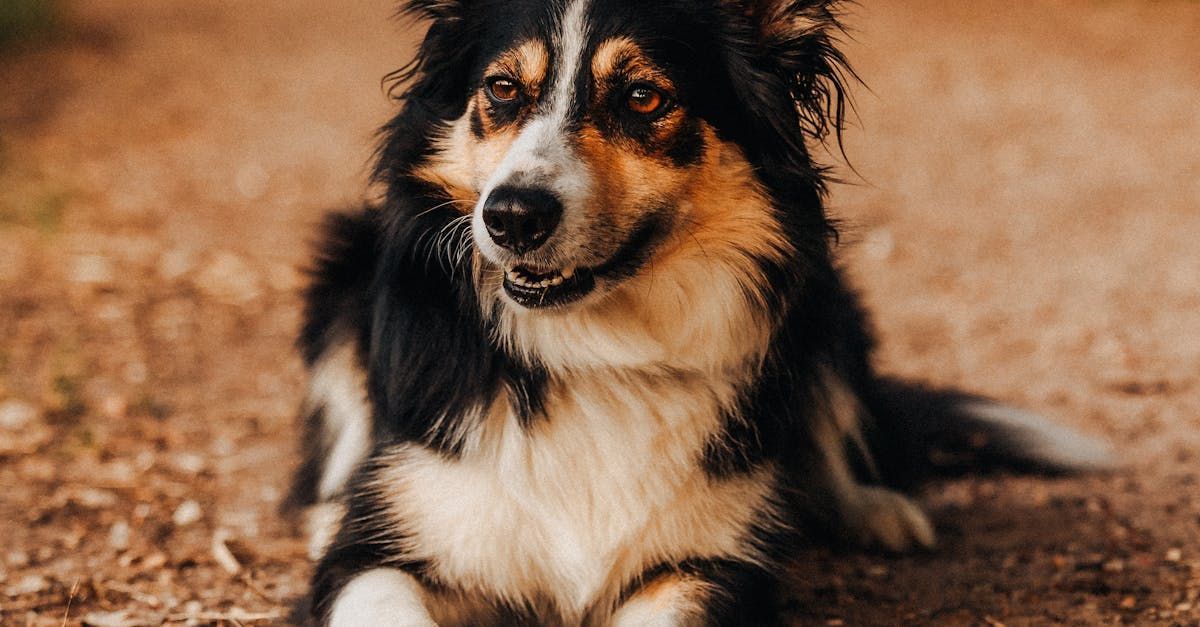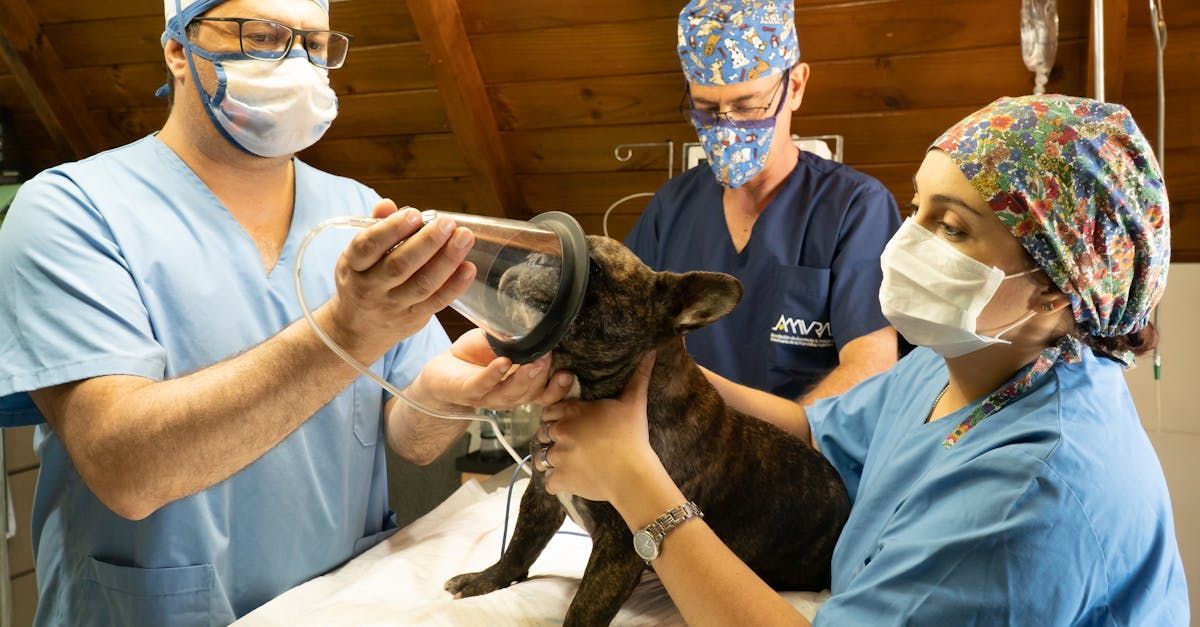Human Foods for Dogs
Safe Treats and Toxic Dangers
As a dog owner, it's natural to want to share some of your favorite foods with your furry friend. However, not all human foods are safe for dogs. While some can be nutritious and beneficial, others can be toxic and harmful. Here’s a guide to help you understand which human foods are safe for your dog and which ones to avoid.
Safe and Nutritious Human Foods for Dogs
Apples
- Benefits: High in fiber and vitamins A and C.
- How to Serve: Remove seeds and core; cut into slices or small pieces.
Blueberries
- Benefits: Rich in antioxidants, fiber, and vitamins C and K.
- How to Serve: Fresh or frozen as a treat.
Carrots
- Benefits: Good for teeth, high in fiber, beta-carotene, and vitamin A.
- How to Serve: Raw, peeled, or cooked.
Pumpkin
- Benefits: Great for digestion, high in fiber, and contains vitamins A, C, and E.
- How to Serve: Plain cooked pumpkin or canned (without added spices or sugars).
Sweet Potatoes
- Benefits: High in fiber, beta-carotene, and vitamins B6 and C.
- How to Serve: Cooked and mashed or cut into small pieces.
Peanut Butter
- Benefits: Good source of protein, healthy fats, and vitamins B and E.
- How to Serve: In moderation, ensure it’s free of xylitol (a toxic sweetener).
Plain Yogurt
- Benefits: High in calcium and protein, supports digestion with probiotics.
- How to Serve: Plain and unsweetened, without artificial flavors or sweeteners.
Green Beans
- Benefits: Low in calories, high in fiber, and vitamins K, C, and manganese.
- How to Serve: Steamed or raw, cut into small pieces.
Chicken
- Benefits: Lean protein, great for muscle development.
- How to Serve: Cooked and plain, without seasoning, bones, or skin.
Salmon
- Benefits: Rich in omega-3 fatty acids, good for skin and coat.
- How to Serve: Cooked thoroughly without any bones.
Toxic Foods to Avoid and Their Effects
Chocolate
- Toxin: Theobromine.
- Effects: Can cause vomiting, diarrhea, rapid breathing, increased heart rate, seizures, and can be fatal.
Grapes and Raisins
- Toxin: Unknown.
- Effects: Can cause kidney failure, vomiting, lethargy, and potentially death.
Onions and Garlic
- Toxin: Thiosulfate.
- Effects: Can cause damage to red blood cells, leading to anemia, weakness, and lethargy.
Xylitol
- Commonly Found In: Sugar-free gum, candies, and baked goods.
- Effects: Can cause a rapid insulin release, leading to hypoglycemia (low blood sugar), seizures, liver failure, and can be fatal.
Avocado
- Toxin: Persin.
- Effects: Can cause vomiting, diarrhea, and heart congestion in dogs.
Alcohol
- Toxin: Ethanol.
- Effects: Can cause vomiting, diarrhea, decreased coordination, central nervous system depression, difficulty breathing, and can be fatal.
Caffeine
- Commonly Found In: Coffee, tea, energy drinks.
- Effects: Can cause restlessness, rapid breathing, heart palpitations, muscle tremors, and can be fatal.
Macadamia Nuts
- Toxin: Unknown.
- Effects: Can cause weakness, vomiting, tremors, hyperthermia, and depression.
Cooked Bones
- Risks: Can splinter and cause blockages or tears in the digestive tract.
- Effects: Can lead to choking, intestinal blockages, or perforations.
Raw Dough
- Risks: Yeast can ferment and produce alcohol in the stomach.
- Effects: Can cause bloating, alcohol poisoning, and can be fatal.
Final Thoughts
While it’s tempting to share your meals with your dog, it’s crucial to know which foods are safe and which are harmful. Always introduce new foods gradually and in moderation, observing for any adverse reactions. When in doubt, consult your veterinarian for advice on your dog's diet and safe treats.
Though this is a good and accurate list of foods that are good for your dog and foods that are not, always do your own research before feeding your dog anything.
Remember, a balanced diet and proper nutrition are key to keeping your dog healthy and happy. Treats should only be a small part of their overall diet, ensuring they receive all the essential nutrients they need from their regular dog food. Here’s to happy and healthy snacking for your furry friend!



